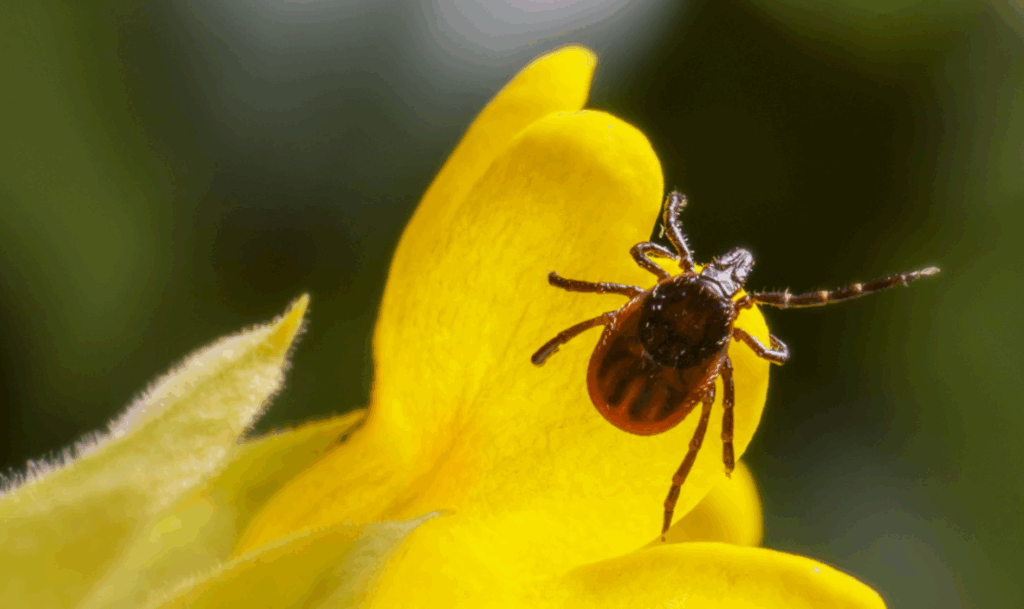Despite their frequently serious consequences, rickettsial diseases have persistently gone undiagnosed. These infections, which are brought on by bacteria belonging to the Rickettsiales order, affect more than just wilderness explorers and underdeveloped areas. They pose a growing threat to travelers and aid workers, particularly those who work in environments where vectors proliferate with extraordinary efficiency.
These illnesses are caused by particularly sneaky bacteria. Mostly spread by ticks, mites, lice, and fleas, they stealthily enter human hosts while these vectors are feeding on blood. From the stony landscapes of Colorado to the safaris of sub-Saharan Africa, danger frequently starts with an apparently harmless bite. After entering the human body, the bacteria attack endothelial cells, resulting in symptoms ranging from a slight rash and fever to severe organ failure.
| Category | Details |
|---|---|
| Disease Group | Rickettsial Diseases |
| Transmission Vectors | Ticks, Fleas, Mites, Lice |
| Common Symptoms | Fever, Rash, Headache, Myalgia, Eschar at Bite Site |
| Diagnosis Methods | Immunofluorescence Assay, PCR, Clinical Observation |
| Treatment | First-line: Doxycycline; Alternatives: Chloramphenicol, Rifampin |
| High-Risk Locations | Africa, South America, Southeast Asia, Southern Europe, Southern U.S. |
| Prevention Techniques | DEET repellents, Protective Clothing, Prompt Tick Removal |
| Notable Diseases | Rocky Mountain Spotted Fever, Scrub Typhus, Epidemic Typhus |
| Source Website | CDC Yellow Book – Rickettsial Diseases |
The spotted fever group, which includes Rocky Mountain Spotted Fever (RMSF), has drawn a lot of attention in recent decades despite its North American origins. Brazilian Spotted Fever is the regional name given to RMSF due to cases in Brazil. If left untreated, this extremely severe form of rickettsiosis can be lethal. In less than a week, it often progresses from a flu-like malaise to potentially fatal multisystem damage.

Scrub typhus, which is caused by trombiculid mites, is also rapidly spreading throughout South and East Asia, with recently discovered strains showing up in Chile and the United Arab Emirates. The growing human population encroachment into previously undeveloped land, particularly the increased interactions with vector habitats, is a deeper concern reflected in this expanding footprint. In this situation, rickettsial disease acts more like an emerging urban health issue than a backwoods ailment.
Public health organizations are increasing their ability to predict outbreaks by utilizing epidemiological tools and broadening vector mapping techniques. Risk can now be predicted with remarkable accuracy thanks to satellite imagery and climate modeling, especially in areas affected by the monsoon. In countries like India, where scrub typhus is becoming more prevalent in rural and semi-urban areas, this invention is essential.
But diagnosis is still difficult. The symptoms may remarkably resemble those of other feverish diseases like malaria or dengue. Although they are still considered gold standards, PCR testing and immunofluorescence are frequently unavailable in environments with limited resources. This disparity highlights how urgent it is to improve regional healthcare systems, especially in Southeast Asia and sub-Saharan Africa. Campaigns for community awareness, backed by NGOs and local governments, are especially helpful in shortening the time to treatment.
The larger medical movement is becoming more aware of how zoonotic illnesses, such as rickettsial infections, represent a One Health dynamic—where environmental factors, human health, and animal health interact. Celebrity advocacy has been subtly linked to vector control and ecological preservation by public health advocates like Leonardo DiCaprio and Prince William, who have highlighted environmental conservation as part of global disease mitigation strategies.
The course of treatment has stayed remarkably stable. The main treatment, doxycycline, is still effective against the majority of rickettsial strains. Recent research has shown that even newly emerging strains, such as those found in Orientia tsutsugamushi, are still responsive to antibiotics, despite earlier concerns about antibiotic resistance. Alternatives include rifampin or chloramphenicol for pregnant women or those allergic to tetracyclines; however, the latter needs close supervision because of possible hematological side effects.
These bacterial hitchhikers present particular risks in a time when travel is becoming more interconnected. After returning from jungle treks in Indonesia or wildlife safaris in Namibia, tourists may first exhibit nebulous flu-like symptoms before being diagnosed with murine typhus or African tick-bite fever. Particularly in nations like the UK and Australia, where general practitioners are increasingly taking travel history into account when diagnosing fevers, these anecdotal cases are gradually changing primary care viewpoints.
Global health curricula in public health schools in the US and Europe are starting to include rickettsial disease modules. For field-based diagnostics training, student researchers are being sent to rural regions of Tanzania and Thailand. By bringing rickettsial disease from obscurity into the spotlight of mainstream medical consideration, this new wave of research-driven medicine is drastically changing the narrative.
The capacity to co-evolve with arthropod vectors and adjust to changes in the environment is what gives rickettsial bacteria their resilience. The tide is slowly shifting by encouraging interdisciplinary collaboration, funding vector surveillance, and encouraging clinical suspicion among frontline healthcare personnel. Even though a vaccine may never be developed, the foundation for lowering mortality—early detection, prompt treatment, and effective prevention—is already in place.
